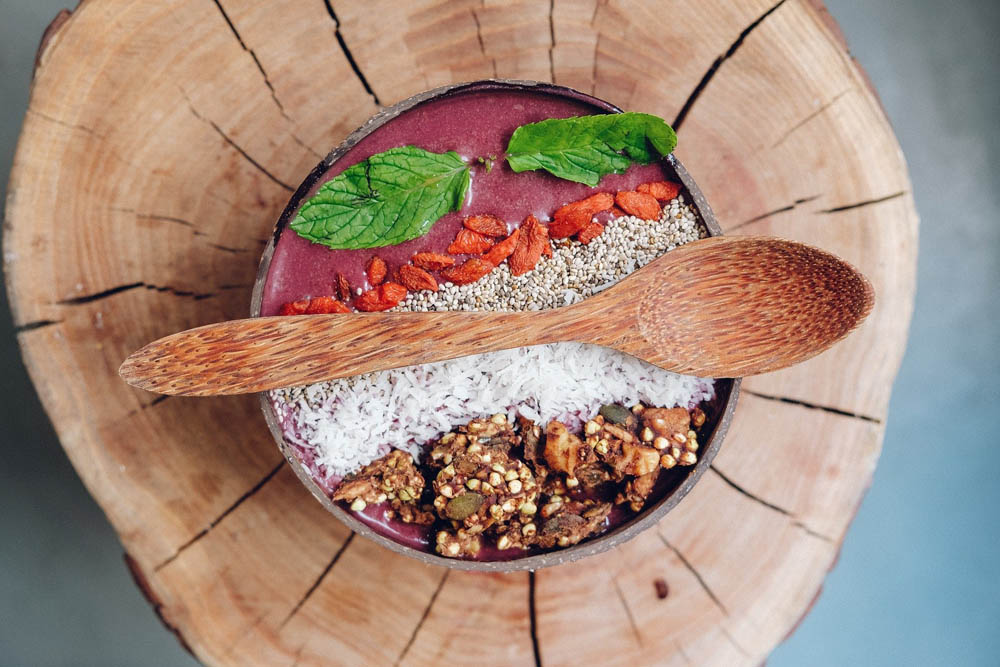Food for thought: Why superfoods may not be all that super

Superfoods have grown in popularity in recent years for their excellent health benefits, but little consideration is devoted to the ethical and environmental considerations of consuming these ingredients. Photo by Ella Olsson from Pixabay
By Alaina Shirt, Contributor
Have you fallen into the superfood trap? Do you buy foods like goji berries and chia seeds that not only make your food look aesthetically pleasing, but also prevent cancer, fight off dementia and make you the most optimally functioning human ever?
Superfoods don’t have a set definition, but are most commonly known for their high volume of nutritional properties: vitamins, minerals and antioxidants. Most superfoods — at least the ones marketed to North American countries — are native to foreign places. But the way these foods are sold to us creates an illustrious appeal that draws hipsters from near and far. Thus, demand has gone up.
This increased demand is starting to raise concerns about long-term sustainability. As North Americans become increasingly obsessed with these exotic products, will the supply be able to keep up with the demand? And at what cost?
Environmental cost
Originating in places like Tibet and South America, these sought out commodities travel great distances before gracing our smoothie bowls.
And transportation doesn’t come without a cost. That cost being pollution — specifically carbon dioxide, the main gas emitted during transportation of food. It is believed the transportation of food accounts for around 11 per cent of the greenhouse gas emissions from the food system.
As a New York Times article points out, food has been moving around the world for years, but never before at such a rapid speed, or in such high quantities.
The demand for avocados for example, which require large amounts of space and water to grow, have led to many forests in Mexico being cut down. More so, as one article points out, they are “heavy and difficult to transport, which increases the carbon footprint of mass production of this crop.”
Ethical considerations
The growing popularity of superfoods raises ethical concerns as the staple food in developing countries starts to become commodified.
An article in The Guardian analyzes the recent boom in quinoa, a nutrient dense, gluten-free grain. For thousands of years, quinoa has been a staple in the native Peruvian and Bolivian diets. But due to increased demand, and a subsequent increase in cost, many quinoa farmers can no longer afford to buy their own grain.
What is an everyday food for some has begun morphing into a luxury product, increasing the disparity in the countries in which they have become a trend. Those with a higher socio-economic status can add these trendy products into their diets, leaving behind those who don’t have the ability or means to attain them.
No more smoothie bowls?
While the rise of superfoods certainly presents challenges, we don’t have to boycott them altogether. That being said, it’s important to consider that much of what makes these foods “super” is the way they are being marketed. There are many foods we have easier access to in Canada that will provide us with the nutrients we need.
By striving to shop locally and eat foods that are native to us, we’ll reduce the ethical and environmental challenges that importing superfoods presents. But don’t worry — a decorated smoothie bowl every once in a while is still okay.



